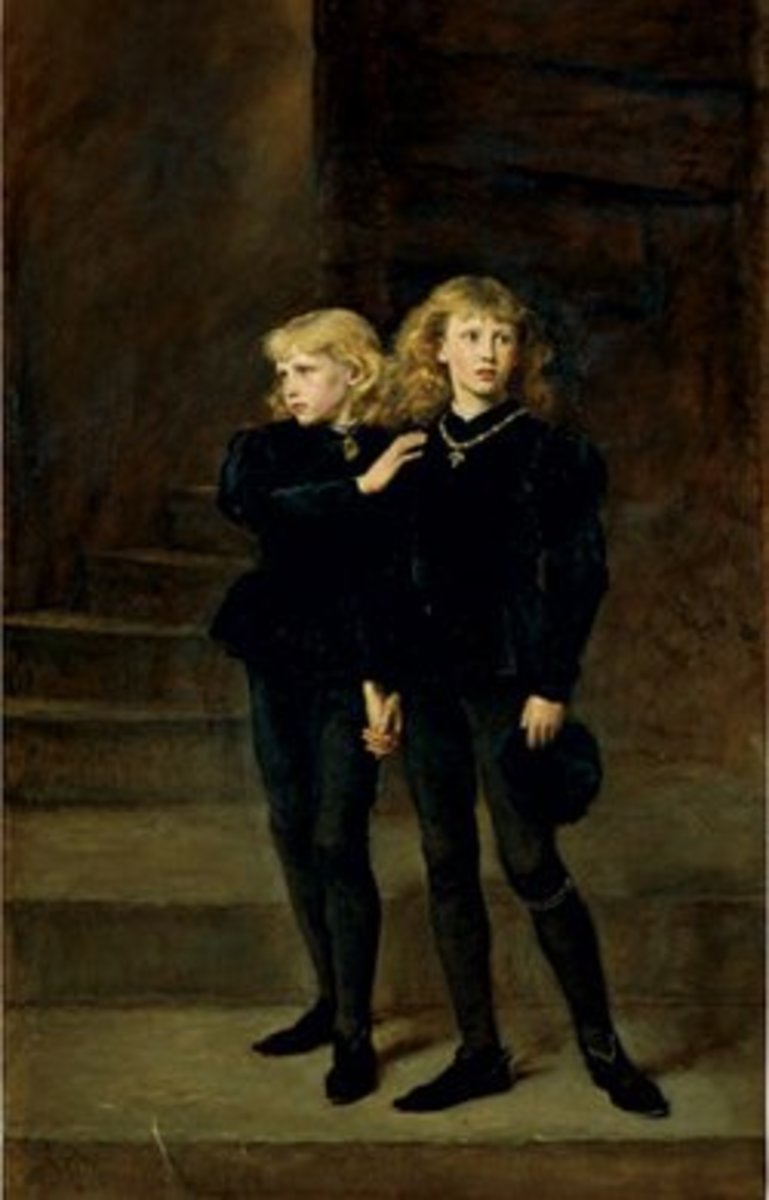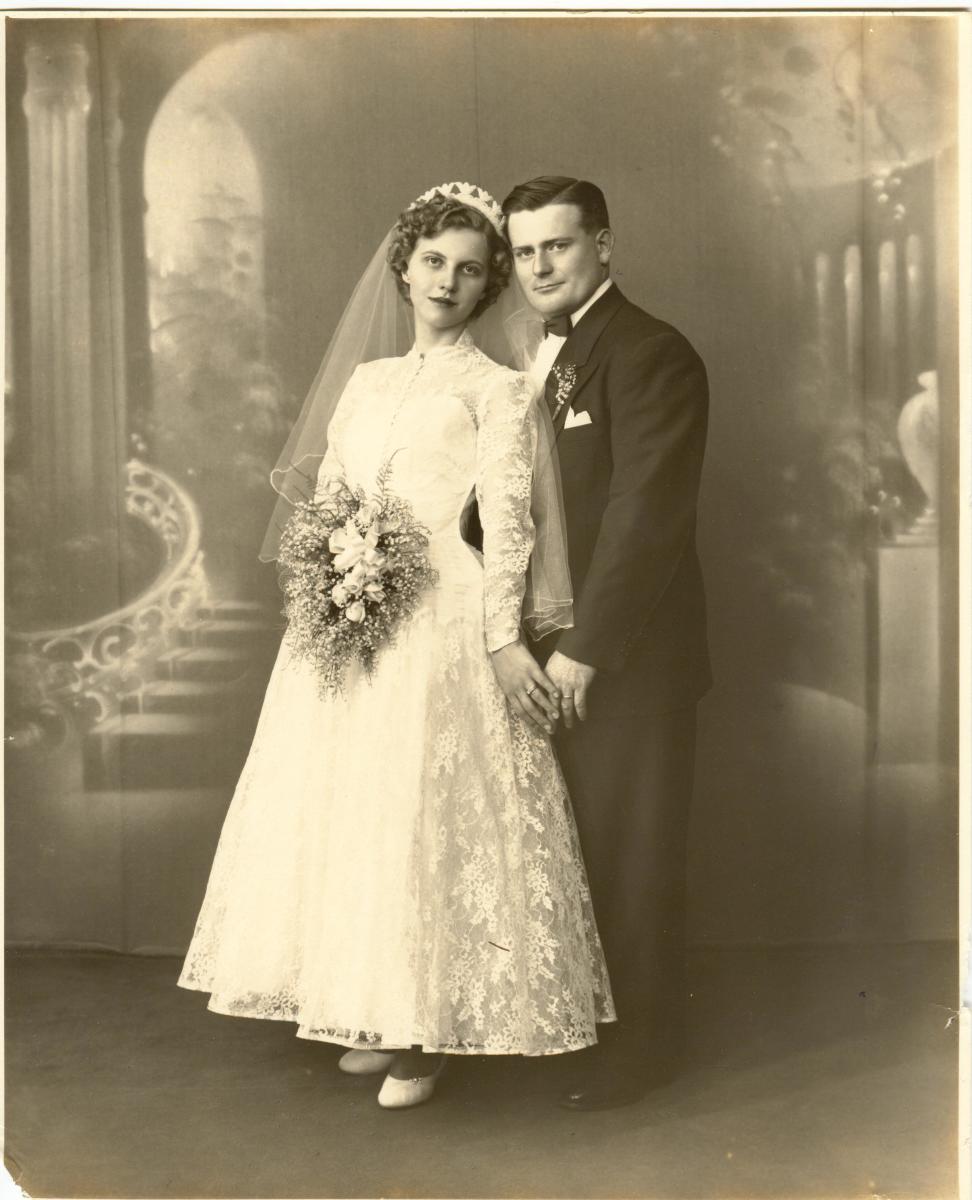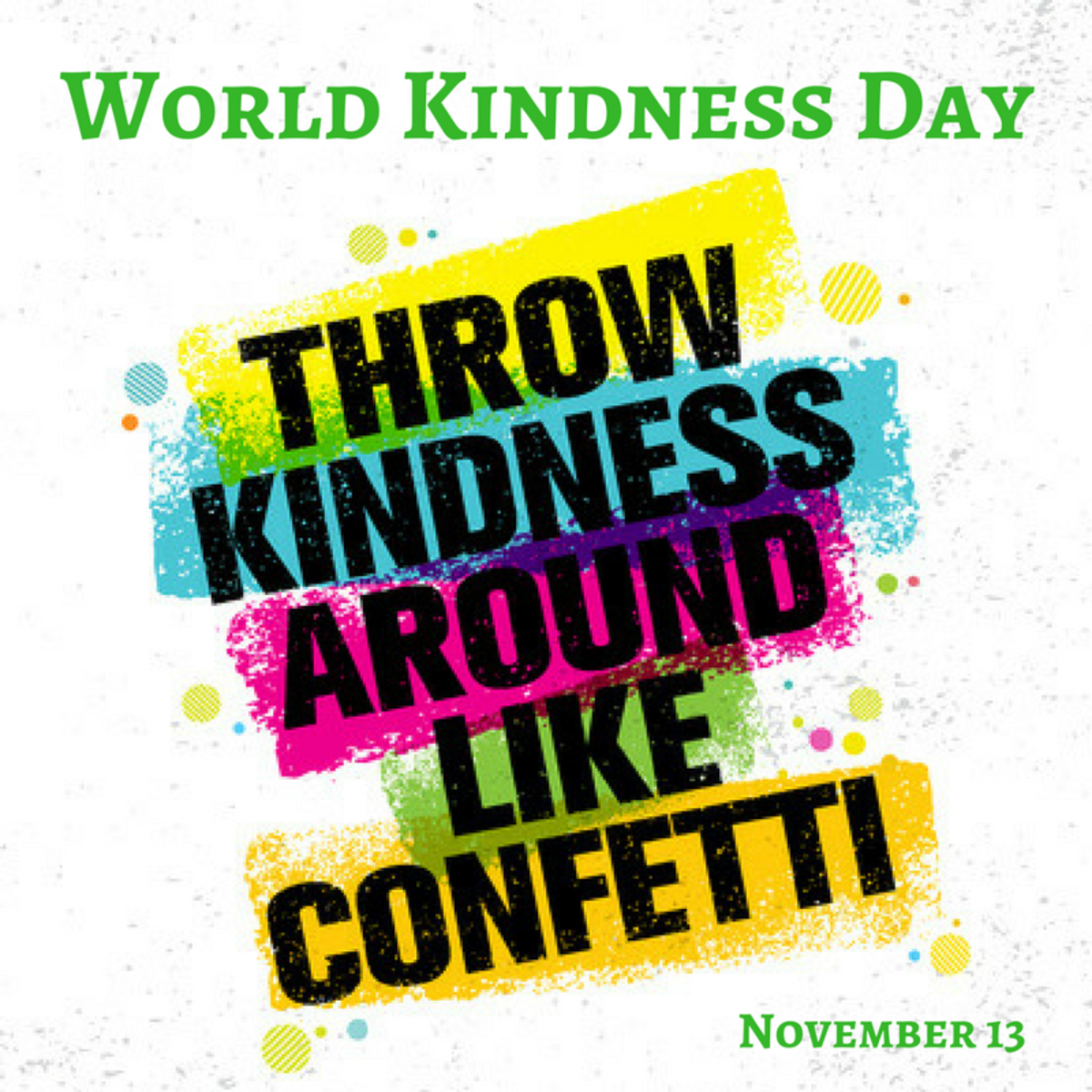Catherine of Aragon Ordered to Stop Using Queen and Becomes the Dowager Princess of Wales
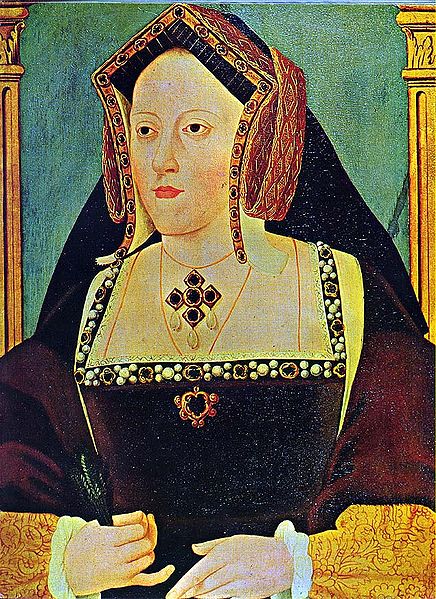
On April 9, 1533, Henry VIII order Catherine of Aragon to stop using the title Queen. This was a difficult time for the Queen but not the first time that she struggled financially. One thing that she did know was that this time England was behind her. Catherine of Aragon was a loved Queen by the people of England, who viewed Anne Boleyn as a home wrecker. This support helped Mary I succeed to the throne years later.
Catherine of Aragon Marries Arthur Tudor
Catherine of Aragon was originally brought to England after an arranged marriage to Arthur Tudor, Henry VIII’s older brother. Arthur was to be King of England after the death of Henry VII and it made sense to create a strong relationship between England and Spain, at the time. This marriage is something that led to many problems for Henry VIII, who believed that the marriage had been consummated so the marriage to himself was invalid.
Catherine testified in court that the marriage between her and Arthur was not consummated. This is likely as the two were ill for the six months of their marriage. Arthur died just six months into the marriage, possibly of similar reasons to his nephew, Edward VI, 52 years later.
Arguably, the only reason Henry VII agreed to a marriage between Arthur and Catherine was to strengthen his claim to the throne. Henry VII gained the throne by ending the War of the Roses and joining the Houses of York and Lancaster together. His claim to the throne was weak, compared to many others in the King’s court, but a power-play with Spain would help prevent others attempting to remove him.
When Arthur died, Henry VII - and England – was left with further uncertainty. The young Prince Henry was now first in line to the throne but there was no marriage arranged for him. Henry VII wanted to continue the relationship with Spain and arranged for a papal dispensation so that this was possible.
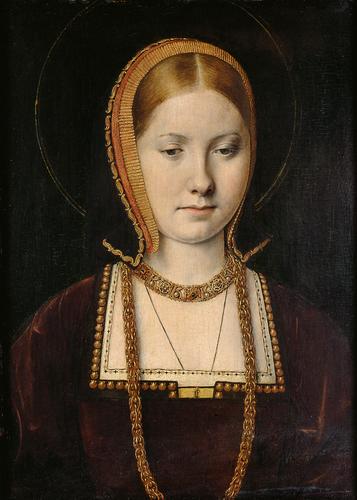
Catherine of Aragon Not the First to Receive a Dispensation
The papal dispensation was granted, but this was not the first for Catherine’s family. Her father has sought a papal dispensation after her older sister’s death, who had married King Manuel of Portugal. She had died during childbirth but Ferdinand of Aragon wanted to keep the relationship with Portugal. A papal dispensation was sought so the youngest of Catherine’s three older sisters, Maria, could marry Manual.
It is surprising that the papal dispensation was granted so easily for Ferdinand. A dispensation for Catherine to marry Prince Henry was only granted because Catherine testified that she had not consummated her marriage to Arthur. Manual of Portugal had children with two of Ferdinand’s daughters.
Maybe it is more surprising that this papal dispensation never became part of the argument against Henry VIII’s divorce proceedings later.
Books About Catherine of Aragon
Catherine of Aragon Forced Into Poverty
For whatever the reason, the papal dispensation was granted and Catherine of Aragon was permitted to marry Prince Henry. However, Henry VII started to have second thoughts. After the death of Catherine’s brother, Juan, the stability of Spain rested on the shoulders of her sister, Juana. There was the possibility of a break up in the country and Henry VII was worried about this.
Privately, Prince Henry renounced the engagement on July 27, 1505, stating that he opposed it and never gave his consent. Ferdinand refused to pay the rest of the dowry owed but Henry VII refused to provide for her. It left the young princess stuck in England without a penny. She was forced into poverty and had to pawn jewellery, silverware and other items of value to raise the money she needed to survive. Eventually, her clothes started to wear away and there was no way of mending them or buying new ones.
It was not until the death of Henry VII that Catherine was supported. After the private renouncement of the engagement, Henry VIII publicly announced that he would marry his brother’s widow. It is possible that Henry VII was pulling all the strings and made it clear that his son would not marry someone he did not approve of – or see a political benefit from. The two married on June 11, 1509 and their coronation happened together just 13 days later.
The Marriage Between Henry VIII and Catherine of Aragon
It would seem that the marriage between the King and Queen was doomed from the start. While Catherine fell pregnant quickly, she gave birth to a stillborn daughter and a year later gave birth to a son, who only survived a month. Infant mortality rates were high in 16th century England due to the poor medical care, so it is probably that this was not a concern at first – just sad and a disappointment.
It took seven years for Catherine to finally provide a child who would survive into adulthood – the Princess Mary. In 1518, Catherine gave birth to another stillborn child; the last of her multiple pregnancies. This was a clear disappointment and worry for Henry VIII – his father’s work was going to be lost.
This was the point that Henry VIII started to question the papal dispensation. It is worth noting that during the granting of the dispensation, Pope Julius II was not entirely clear about whether the marriage had been consummated. While Catherine testified that it was not the case, there were reports in 1501 that Prince Arthur confirmed that the marriage was consummated on their wedding night; as was normal for the time.
In 1527, Henry regularly recited the scripture from Leviticus 20:21 that read “if a man shall take his brother’s wife…they shall be childless”. Henry VIII believed that his marriage to Catherine was doomed in the eyes of God and not valid. He wanted a divorce to be able to marry whom he wanted – by this time, his eyes were set on Lady Anne Boleyn, a lady-in-waiting to Catherine of Aragon.
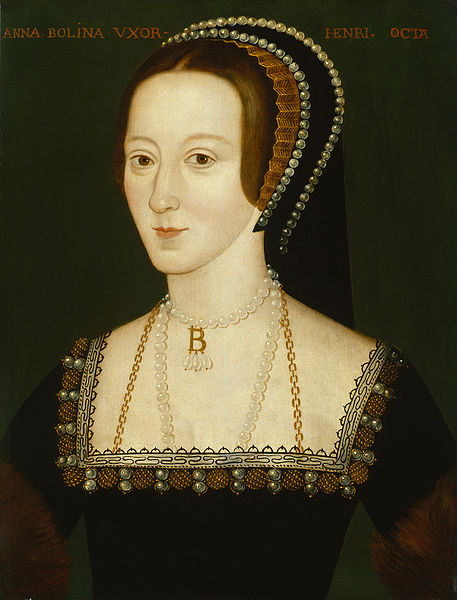
Catherine of Aragon Forced Into Poverty Again
For the second time, Catherine of Aragon was forced into poverty. Catherine refused to admit to her marriage to Arthur being consummated and stated that she was a virgin when she came to Henry. Had she given into Henry VIII’s demands, she would have been provided for but she fought him too much.
After six years, Henry VIII finally gained the divorce that he wanted, married Anne Boleyn and ordered Catherine to stop using the title Queen. She was to become the Dowager Princess of Wales – the title she would have had after Prince Arthur’s death – and forced back into poverty. Henry VIII refused to provide for her.
The difference this time was that she did have the support of England – although much of it secret support. Rome tried to help Catherine by declaring the marriage valid in 1534 but it was too late. By this point, England had broken from Rome and the Archbishop of Canterbury had declared the marriage to Catherine invalid and the marriage to Anne Boleyn valid.
Many prominent people refused to acknowledge that Catherine was no longer the Queen of England. Two prominent deaths for refusing to sign the Oath of Supremacy were Sir Thomas More and Bishop John Fisher, who were executed in 1535.
Books About "Bloody Mary": Mary I
Catherine of Aragon Forced to Live a Lonely Life
Henry VIII went a step further than his father. He forced Catherine to live a lonely life during her last three years. She was denied all visitors, particularly their daughter, Princess Mary. She was not allowed to even write to her daughter or hear of how she was doing. She regularly wrote to her nephew, Charles V – the Holy Roman Emperor – for help but either those letters fell on deaf ears or there was little that he could do.
Catherine died at Kimbolton on January 7, 1536. This was a sad day for the English people but Henry VIII and Anne Boleyn celebrated. However, everyone knows this part of history – the marriage to Anne Boleyn did not last and she was executed just four months later for adultery, incest and treason.
While Catherine was banned from using the title Queen, she didn’t stop. Neither have the people of England. Her tomb lays in Peterborough and has the title “Queen of England”. Henry VIII never truly got his way in the end.




